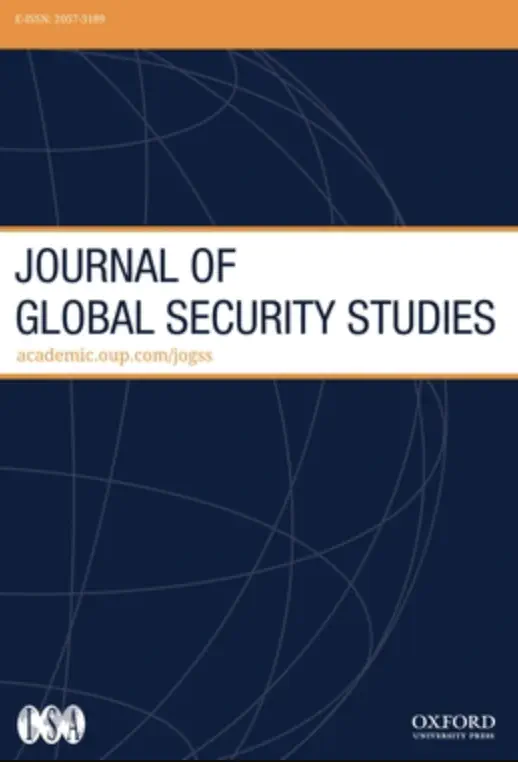Easier In than Out: Lessons Learned from the Termination of the Iraq Sanctions Regime
 Image credit: JoGSS
Image credit: JoGSS
Abstract
Sanctions senders respond to the abrupt escalation of crises, such as the Iraqi invasion of Kuwait in 1990 or the Russian invasion of Ukraine in February 2022. To react quickly, they often decide on coercive measures without a long-term exit strategy in mind. Similarly, research has long prioritized questions of sanctions onset and effectiveness, while studies on their termination remain scarce. In response, we reconstruct previously neglected debates about ending sanctions for the “watershed case” of the UN embargo against Iraq. Based on a conceptual framework that emphasizes a more process-oriented and signaling perspective on sanctions termination, we analyze archival data as well as governmental and UN documents. We find that the United States depicted the lifting of sanctions as an all-or-nothing question, which impeded a more gradual approach toward ending the measures. We show that senders significantly disagreed over the requirements for ending sanctions and over whether possibly signaling the end of Iraq’s isolation was politically desirable. In the second step, we then draw implications from the case of Iraq to study contemporary sanctions termination. We use novel data on the termination of all EU, UN, and US sanctions from 1990 to 2018 to explore whether the Iraq case inspired changes in senders’ approaches. We find that the use of review provisions and sunset clauses significantly increased post-Iraq. Finally, we discuss whether disagreements over termination requirements in the case of Russia risk the repetition of past pitfalls when it comes to the process of ending sanctions.
Supplementary notes can be added here, including code, math, and images.